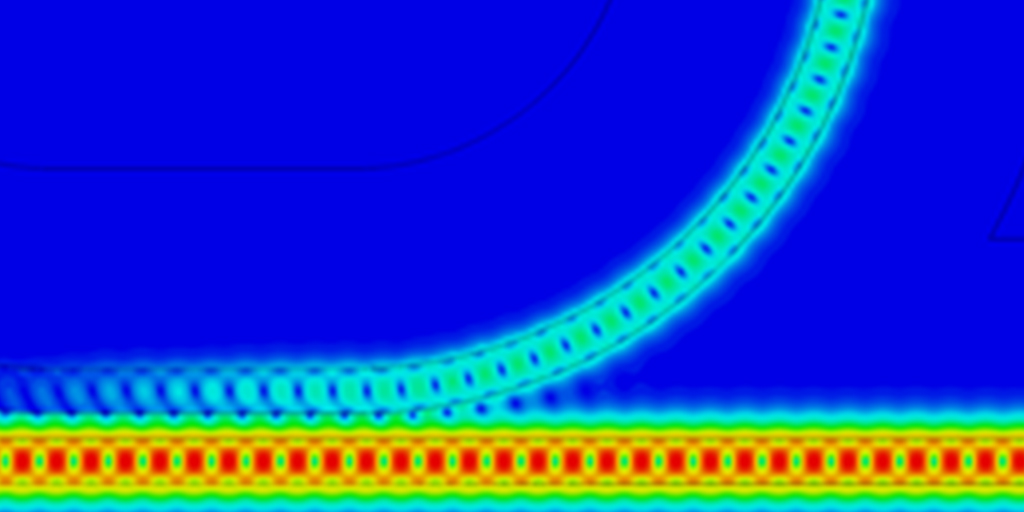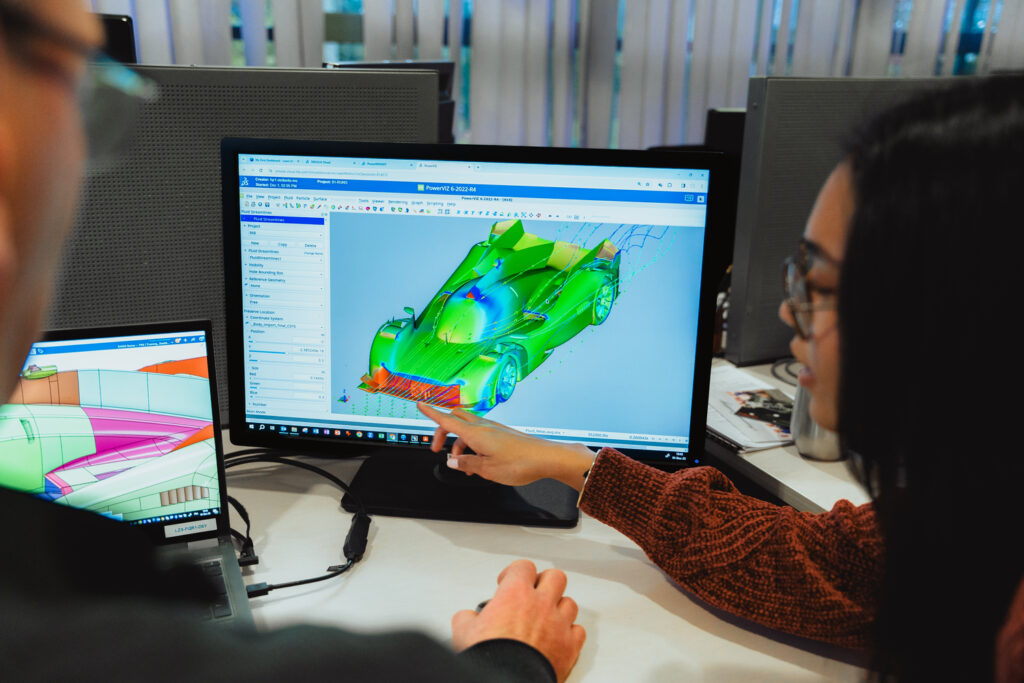“All wireless communication requires antenna systems, and if we add devices supporting multimedia to the list above such as keyless entry, radio and personal communication, there are dozens of antennas on a single vehicle,” says Thoma.
Every antenna individually has to fulfill its specifications, but it is not sufficient to do so in isolation. It has to work inside the product it is designed for and be matched and optimized for the place it will be installed. There might be design constraints to follow, the shape of a car body or the space in a home multimedia device, and every design change may strongly influence the performance of the antennas. In addition, all of the antennas must operate together at the same time. The co-site interference depends on the car body and the installation place.
PICKING THE RIGHT ANTENNA
Antenna design is a specialist job that requires a deep knowledge of electromagnetics. However, not every development has to start from scratch. For many products, particularly low cost devices, the need for an antenna specialist was avoided by either resorting to very simple designs or buying off-the-shelf antennas. In both cases, the solution is not ideal. The CST product Antenna Magus was developed to fill this niche in antenna design.
Antenna Magus includes a database of antenna designs and an accessible information browser. Given a set of specifications, Antenna Magus suggests suitable antenna types and produces a model tuned to the specified frequency bands. This means that designers can get antennas specially created for their application and integrate them into their devices without needing all the expertise of an antenna engineer.
ADDITIVE MANUFACTURING
The limitations of conventional manufacturing and prototyping methods are shown clearly in the high-tech development cycle. The process of constructing a one-off prototype is expensive and time-consuming. Simulation combines with additive manufacturing to reduce these costs.
Additive manufacturing also allows the construction of devices that could not be machined or cast by conventional methods, with significant potential space and weight savings. Integrating EM simulation into the additive manufacturing workflow means that engineers can go directly from design to production. CST offers synthesis tools such as Antenna Magus and Filter Designer 3D to meet this need, as well as powerful built-in optimizers for tuning devices to meet tight specifications and optimize performance.
“Virtual prototyping with simulation can reduce the number of prototypes needed, while additive manufacturing techniques, such as 3D printing, make the production of physical prototypes easier,” adds Thoma. “Moreover, additive manufacturing opens up the possibilities of generative design that enable solutions that were previously impossible to create with traditional manufacturing methods.”

FLEXIBLE ELECTRONICS
Flexible electronics is another field where advances in manufacturing are overcoming production shortcomings, allowing devices to be more compact and more durable. The deformation of electronic structures due to bending, twisting and stretching affects their performance. The design and analysis of such structures represent a significant new market for EM simulation.
PHOTONICS
As the electronics industry reaches the limits of what’s possible by miniaturizing existing technologies, the entirely new field of photonics is beginning to mature. Photonics uses photons of light, just as traditional electronics uses electrons, and requires far higher frequencies as well as specialized nonlinear optical materials.
“CST, in partnership with Luceda Photonics, has developed an integrated photonic design workflow for the layout and analysis of photonic circuits,” explains Thoma. “This allows engineers to synthesize and simulate photonic components and analyze their performance as entire systems.”
CONCLUSION
Electromagnetics is a fairly specialized subject but is increasingly important for a wide range of applications—even those without any obvious electronic components, such as buildings that must withstand lightning strikes and packaging that contains RFID tags. “By integrating CST software into the 3DEXPERIENCE platform,” Thoma concludes, “we aim to make our applications available alongside all Dassault Systèmes software solutions, and make EM simulation an invaluable part of product design.”
By Martin Timm
This article was originally published in the June 2018 issue of SIMULIA Community News magazine.





